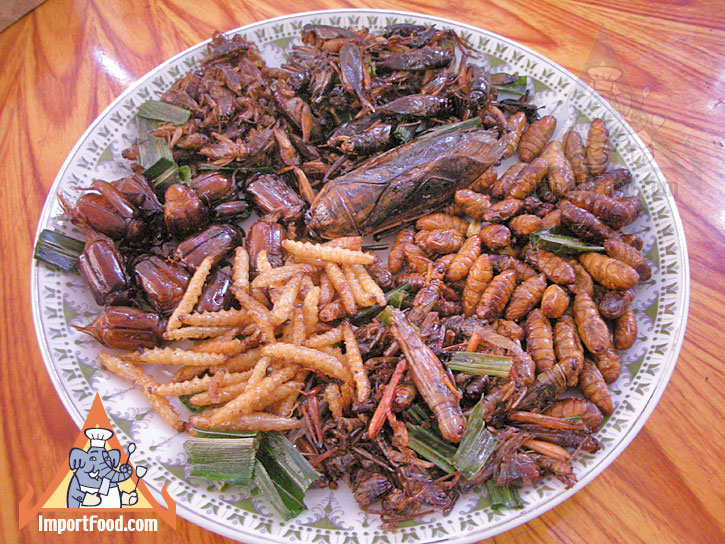Insect sniffing the way of the future
Ever since hearing about the potential to use insects as a
form on chemical detection, like canines are used for, I have been fascinated by
the potential. Imagine going to the airport as your about to go away on
holiday, and there are bee’s flying around the place, or people walking around
with some wasps in a bottle, trying to find the next terrorist bomb or drug run
before it happens.
The article I have chosen to write this post about was “Using
insect sniffing for detection” by Glen C. Rains, Jeffery K. Tomberlin and Don Kulasiri.
The first such studies
into using insects as a means of detection were developed, like most
technologies, in the United States Army in 1963. These studies were aimed at
using the innate behaviour of insects to detect the presence of an enemy. Human
feeding insects like mosquitos, ticks and lice. These insects have a hardwired
behavioural response to changes in CO2 or lactic acid concentrations in the
air, which could signal human presence, like an enemy.
Although most
insects learn through their natural habitats, or from parents, some can be
taught behaviours, or have they modified. A chemical or volatile that is
unrecognizable to an insect can be taught to be recognizable by teaching the
insect to associate it with food, or a host like for parasitoid wasps. The
animals behavioural response when it senses the smell (thinks its sensing food
or a host) can then be analysed to find out where or what the chemical is.
There are several different methods that can be used for
detection using insects. Free-moving detectors use insects that have been
trained to detect a specific substance. These insects will then move towards
the source of the substance, and can be tracked using tiny antennae on the
insect (usually honeybees).
Another method for using insects for detection is using
restrained organisms. These devices use a number of insects trained to detect a
specific chemical, and are sometimes combined with some control insects so that
the trained insect’s changes in behaviour are more noticeable, and the validity
of their detection is augmented. The changes in the insects behaviour are then
observed and analysed by webcam, either by entomologists, or computer software
currently being developed. There is also another type of detection device which
used a voltmeter to detect spikes in the signal from feeding muscles of moths
as they start to use these muscles more as they think they have sensed food.
There are numerous advantages for using insects as a bio
detection method. Insects can be trained extremely quickly, from within
minutes, to only a few days for some honeybees. They can also be trained to be chemical
specific. They are extremely cheap to train, especially compared to sniffer
dogs, and there is also less controversy towards using insect detectors in
potentially toxic environments compared to using dogs. Insects have also been
proven to be excellent at detecting chemicals in complex chemical rich environments,
and are also more sensitive than dogs in some cases.
There are several problems with using insects for detection.
Variability between individual insects could lead to false detections, or
varied results. Artificial selection may help to eradicate these over time
though. There are also several ethical problems. These detection devices starve
the insects before using them as this makes them better at sensing what they
think is food. The insects are also kept in restrained positions and in small
containers. To the majority of people, these seem of no consequence, as they
are ‘only insects’, but to some, myself included (I think), this is quite
immoral.
More research is needed in order for these systems to become
mainstream; however there is huge potential in them. Future applications for
these bio detection systems include fire detection, medical diagnoses,
aflatoxin detection in peanuts, grain and milk, illegal drugs, arson and
explosives. There are some insects that can already be naturally utilized, such
as blow flies and females hide beetles which are adapted in finding decomposing
remains like humans. The Jewel beetle Melanophila
acuminate can detect smouldering wood from over several miles, which would
be a valuable device is detecting wild fires early.
I find this an exciting branch of entomology, and one that
has a huge future. I hope you guys found this as interesting as I did.
LAND where you want to be,
Nick







